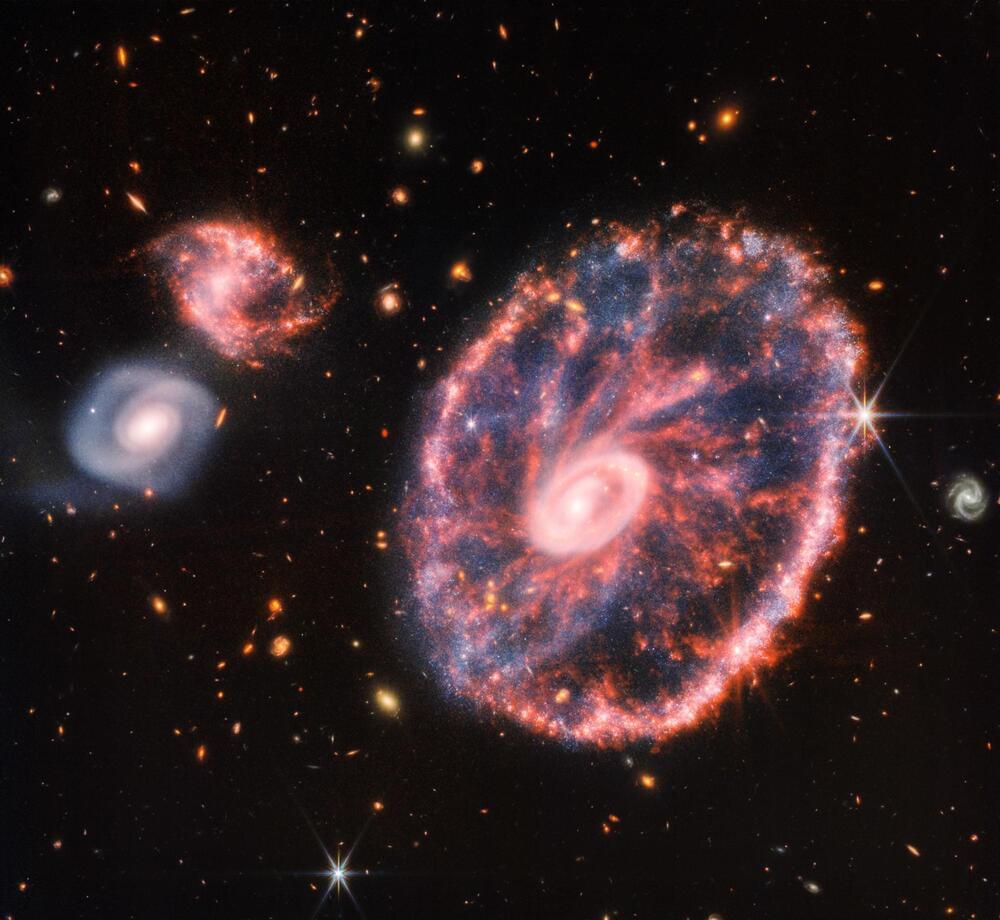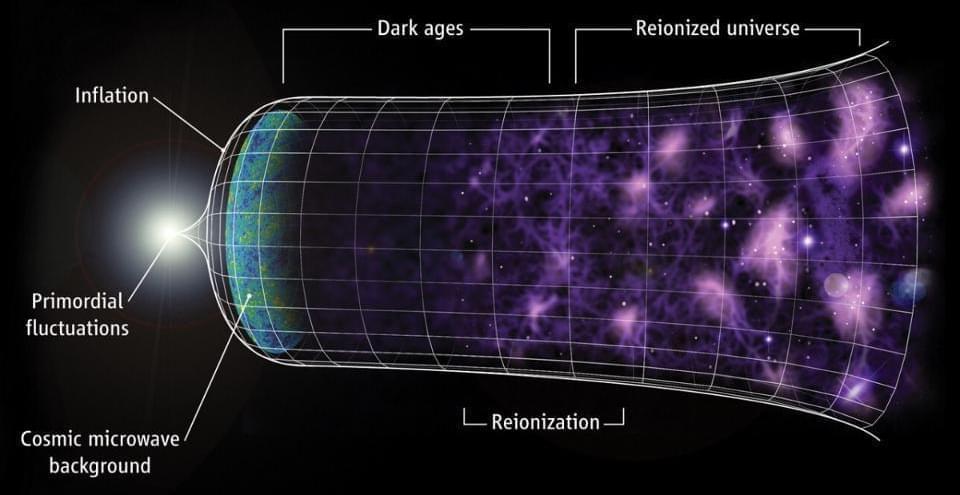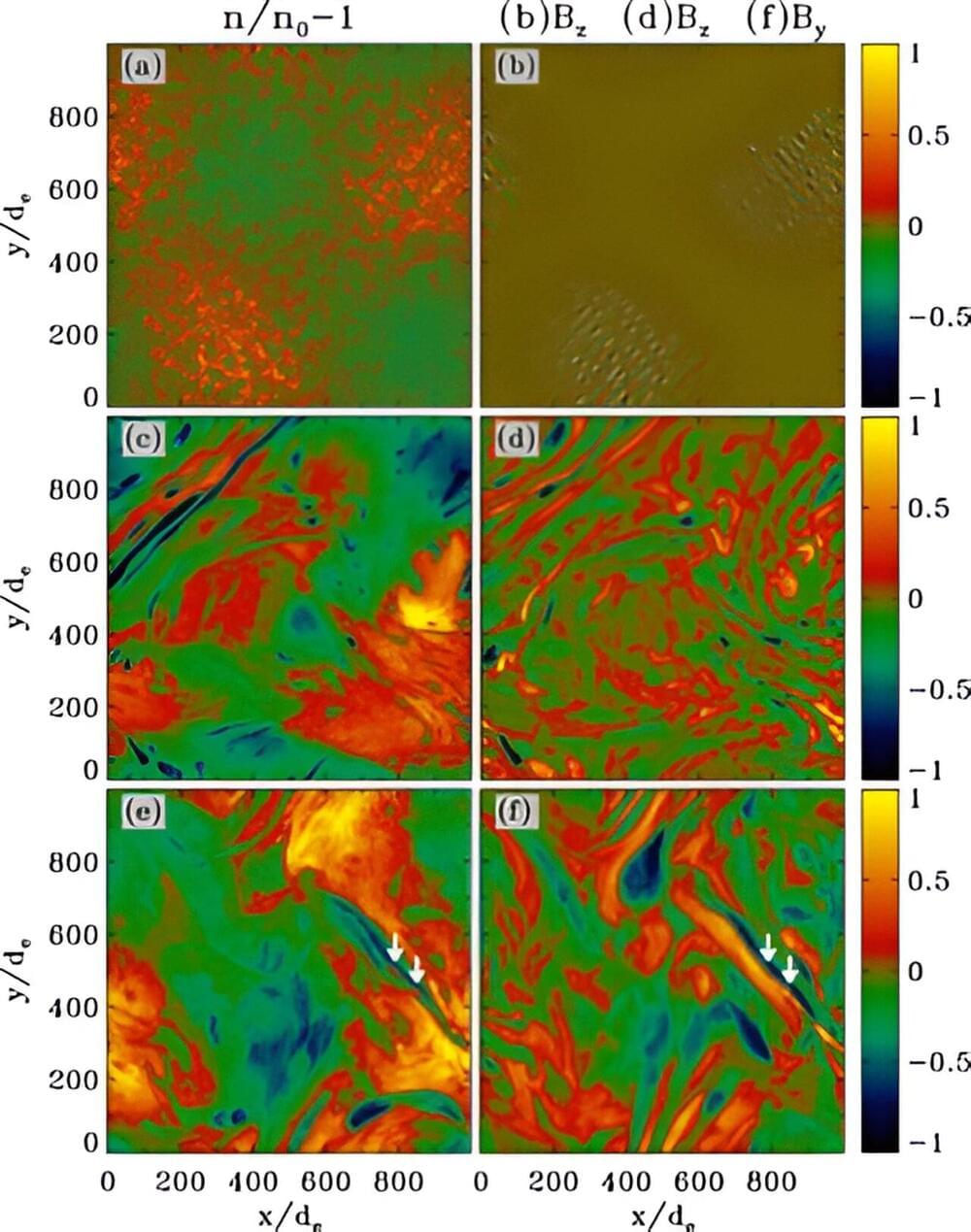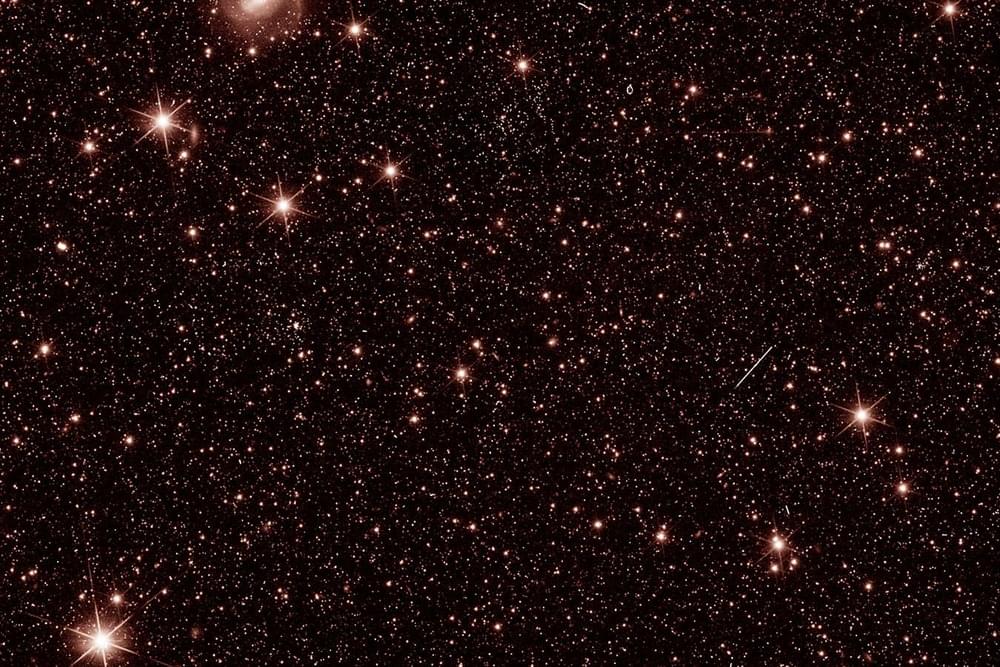Einstein predicted the existence of these crosses back in 1915. Now, they are used to study distant galaxies.



Researchers revisit a neglected decay mode with implications for fundamental physics and for dating some of the oldest rocks on Earth and in the Solar System.
With a half-life of 1.25 billion years, potassium-40 does not decay often, but its decays have a big impact. As a relatively common isotope (0.012% of all potassium) of a very common metal (2.4% by mass of Earth’s crust), potassium-40 is one of the primary sources of radioactivity we encounter in daily life. Its decays are the primary source of argon-40, which makes up almost 1% of the atmosphere, and the copious amount of heat released from these decays threw off early estimates of the age of Earth made by Lord Kelvin. Potassium-40 is largely responsible for the meager radioactivity in our food (such as bananas), and it is a significant source of noise in some highly sensitive particle physics detectors. This isotope and its decay products are also useful tools in dating rocks and geological processes that go back to the earliest parts of Earth history. And yet some long-standing uncertainty surrounds these well-studied decays.



As the James Webb Space Telescope enters its second year of capturing images of the depths of space, it has already revealed a treasure trove of beauty from around the universe, both near and far from home.
The James Webb Space Telescope (JWST) was launched on Christmas Day in 2021, and sent back its first batch of images on July 12, 2022, making this July its functional birthday.
This telescope, now situated around 1 million miles from Earth as it photographs the cosmos, is the successor space telescope to Hubble, designed to peer far back into the universe’s history and study the earliest stars and galaxies.

Queen guitarist Brian May and Dante Lauretta, the chief scientist of NASA’s asteroid-sampling OSIRIS-REx mission, have collaborated on a book about the asteroid Bennu — and it’s not a PR stunt.
OSIRIS-REx snagged a sample of Bennu in October 2020 and is currently speeding toward Earth with the precious space-rock material, which is scheduled to touch down here on Sept. 24.

Once in a blue moon, Earth’s skies host a ‘blue supermoon’, and the beautifully bright sight is one that you don’t want to miss.
Otherwise, you won’t have a chance to glimpse a similar phenomenon until 2032.
If your eyes are peeled for a blue-colored Moon, however, you’re going to be disappointed.

It isn’t just your refrigerator that has magnets on it. The Earth, the stars, galaxies, and the space between galaxies are all magnetized, too. The more places scientists have looked for magnetic fields across the universe, the more they’ve found them. But the question of why that is the case and where those magnetic fields originate from has remained a mystery and a subject of ongoing scientific inquiry.
Published in the journal Physical Review Letters, a new paper by Columbia researchers offers insight into the source of these fields. The team used models to show that magnetic fields may spontaneously arise in turbulent plasma. Plasma is a kind of matter often found in ultra-hot environments like that near the surface of the sun, but plasma is also scattered across the universe in low-density environments, like the expansive space between galaxies; the team’s research focused on those low-density environments.
Their simulations showed that, in addition to generating new magnetic fields, the turbulence of those plasmas can also amplify magnetic fields once they’ve been generated, which helps explain how magnetic fields that originate on small scales can sometimes eventually reach to stretch across vast distances.

The European Space Agency’s Euclid telescope launched on 1 July, and now it has delivered its first stunning pictures of stars and galaxies across the cosmos.
By Leah Crane